Ruby Octopus
Author: Claire Troost
Common Names: Ruby Octopus, Pacific Red Octopus, Red Octopus
Scientific Name: Octopus rubescens (Polypus rubescens)
Size Range: to 50cm (20 inch) arm spread
Identifying Features
This species was originally thought to be a juvenile Enteroctopus dofleini, or Giant Pacific Octopus, but was later proved to be it’s own species. Knowing if what you see is a Ruby Octopus or not can be difficult, due to their ability to drastically change their appearances. This species also has three papillae below the eyes, which appear like eyelashes, a distinguishing feature against the Giant Pacific Octopus.
The mantle length of the Ruby Octopus usually reaches 8-10 cm and the arm length will reach around 30-50 cm. The weight of the adult octopus is commonly 100-400 grams.
The appearance of the this species varies widely, like most other species of octopus. It can change its shape and colour, appearing in reds, browns, whites and mixtures of the three (visit Octopus Skin Tricks for more information on octopus skin).
Amelia our Ruby Octopus about to be released back into the Pacific Ocean – a coffee pot is a great way to transfer octopus
Identifying Features
This species was originally thought to be a juvenile Enteroctopus dofleini, or Giant Pacific Octopus, but was later proved to be it’s own species. Knowing if what you see is a Ruby Octopus or not can be difficult, due to their ability to drastically change their appearances. This species also has three papillae below the eyes, which appear like eyelashes, a distinguishing feature against the Giant Pacific Octopus.
The mantle length of the Ruby Octopus usually reaches 8-10 cm and the arm length will reach around 30-50 cm. The weight of the adult octopus is commonly 100-400 grams.
The appearance of the this species varies widely, like most other species of octopus. It can change its shape and colour, appearing in reds, browns, whites and mixtures of the three. Follow this link for more information on skin tricks in octopus – Octopus Skin Tricks
Heading Home
Habitat
This octopus ranges from Alaska to Mexico and lives in the intertidal zone of up to 300m below the surface.It prefers kelp forests, as well as sandy and rocky areas. It lives in what is known as the benthic zone, which is the bottom of the ocean.
Diet
The octopus is a predator in the ocean, and as such has a wide range of food sources. In labs, the species has been seen eating gastropods, bivalves, crabs, barnacles and fish. In the wild, the full diet of the species is not entirely known. They seem to have a diet mainly consisting of gastropods (slugs and snails) and bivalves (clams), as well as fish.
The Ruby Octopus has excellent vision, though it mostly relies on it’s senses of smell. After the Ruby Octopus has captured a bivalve, it can open shells with it’s beak and drill holes in the shell of the prey with its radula (something similar to a tongue that some molluscs have). It then injects venom into the shell to kill the prey and can inject a chemical that separates the flesh from the shell. This is why you must be aware when picking up the Ruby Octopus, as it can bite and it’s venom may lengthen healing time.
After the Ruby Octopus kills its prey, it will keep hunting and collecting more food. It will then take the collected food back to it’s home environment and eat at it’s own pace. The shells of the prey of the Ruby Octopus are usually stacked outside of it’s residence.
It is hypothesized that the Ruby Octopus chooses its prey based on its ability to easily digest it, rather than the calorie content. This would make the Ruby Octopus a specialist predator, rather than a generalist predator.
Intelligence and Behaviour
Intelligence is defined as the skill to learn, acquire and then apply knowledge. The octopus is the smartest of the invertebrates. It has distributed intelligence, only one third of which is in its head, the rest is in its eight arms. The brains of molluscs are clusters of nerve cells throughout their body called ganglia, that serve a purpose. Octopuses have evolved to have a centralized brain. Two areas of their brain is for memory storage, as octopuses have even been known to recognize people. It’s these areas of the brain that are dedicated to learning, but are very different from a human brain.
Octopuses also have the ability to fold together every single one of its suction cups in a pincer grasp that humans use daily with our thumb and fingers. That’s over 100 pincer grasps at once.
They are very intelligent, and adept at solving problems related to their environment. When scientists gave an octopus different species of clams, some even wired shut, the octopus used different techniques to open them, based on their difficulty. It would use energy conserving techniques on less difficult prey.They have also been found to play in a boring situation. An octopus put in an empty tank with a floating bottle eventually became bored and starting siphoning water at the bottle, much like throwing a ball.
Another indication of intelligence is that individual octopuses have been found to have different personalities from each other. This was tested by putting many different octopuses in the same situations, including being given food, being threatened and having them open the tank. Some octopuses were shy and avoiding, some were active and/or passive, some were emotional, and some were combinations of the three.
Predators
The predators of an octopus will vary slightly depending on it’s size and location. These can include large fish, whales, birds and even dolphins. Most commonly, the octopus has a camouflage that allows it to go unnoticed.When discovered, an octopus will squirt ink, both causing a distraction and making it hard for the predator to see, to allow the octopus to escape. The ink also has a chemical in it that dulls the predator’s sense of smell. The octopus can also swim very fast, as it siphons water through its mantle. While escaping, it is a helpful feature that the octopus can fit into anything larger than its beak. This is because that is the only solid part of its body. If the octopus really needs to, it can also pull off one of its arms to distract the predator, and regrow it later. The severed arm however, maintains some of the octopus’s distributed intelligence, and will continue to hunt for food and attempt to bring it to a non-existent mouth.
Life Cycle
The mating season for the Ruby Octopus is usually in late August to early September. The male will use visual displays to attract the female. It will then insert the hectocotylus into the cavity of the female’s mantle where fertilization occurs. The female will put the eggs in a safe residence in early winter, where she will stay to guard them, and waft fresh water over them as they grow. The embryos will hatch in a very young stage similar to plankton, as they grow larger. Eventually they will start to live on the bottom of the ocean and become adults.
Behaviour
The behaviour of octopuses is widely varying, possibly a display of the animal’s high level of intelligence. The octopus is the most intelligent of the invertebrates, and individuals have even displayed different personalities. During hunting, the Ruby Octopus will pounce on prey and display sequences of colour changes to distract it.
References
(1953). Octopus rubescens Berry, 1953. Retrieved from http://sealifebase.ca/summary/Octopus-rubescens.html
Borrell, B. (2009, February 27). Are Octopuses Smart? Retrieved from https://www.scientificamerican.com/article/are-octopuses-smart/
Borrell, B. (2009, February 27). Are Octopuses Smart? Retrieved from https://www.scientificamerican.com/article/are-octopuses-smart/
East Pacific Red Octopus. (2017, October 13). Retrieved from https://en.wikipedia.org/wiki/East_Pacific_red_octopus
Lamb, A., Byers, S. C., Hanby, B. P., & Hawkes, M. W. (2009). Marine life of the Pacific Northwest: A photographic encyclopedia of invertebrates, seaweeds and selected fishes. Madeira Park, BC: Harbour Publ.
Meschkat, C., Fretwell, K., Starzomski, B., & Biodiversity of the Central Coast. (2014). Pacific red octopus • Octopus rubescens. Retrieved from http://www.centralcoastbiodiversity.org/pacific-red-octopus-bull-octopus-rubescens.html
Ocean Networks Canada. (2010, June 21). Ocean Networks Canada. Retrieved from https://www.oceannetworks.ca/east-pacific-red-octopus
Octopus Worlds. (n.d.). East Pacific Red Octopus. Retrieved from http://www.octopusworlds.com/east-pacific-red-octopus/


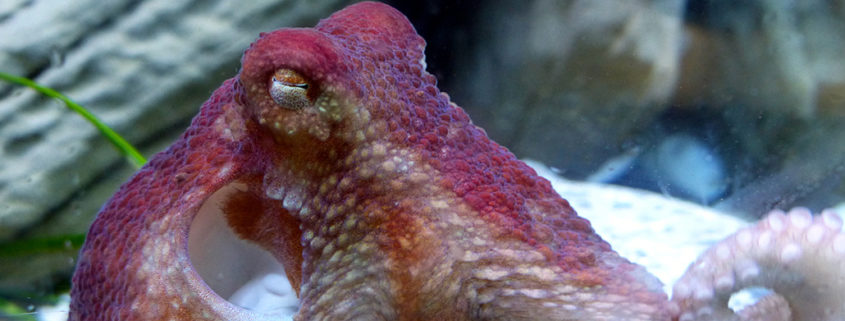
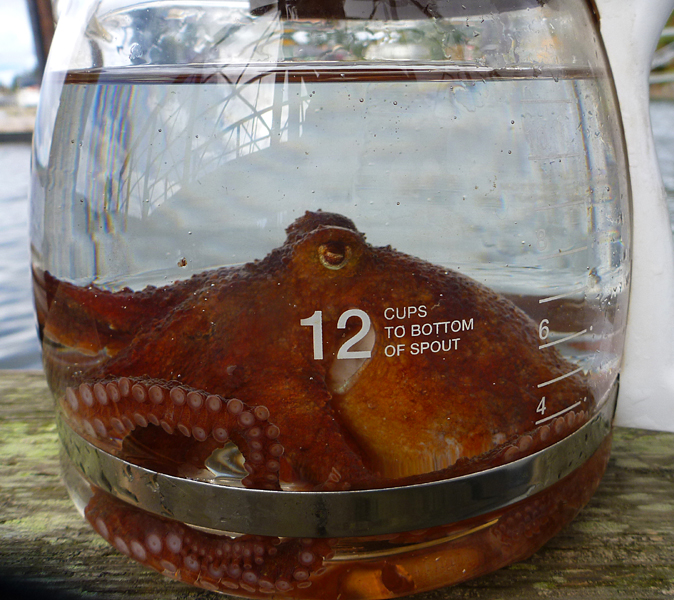
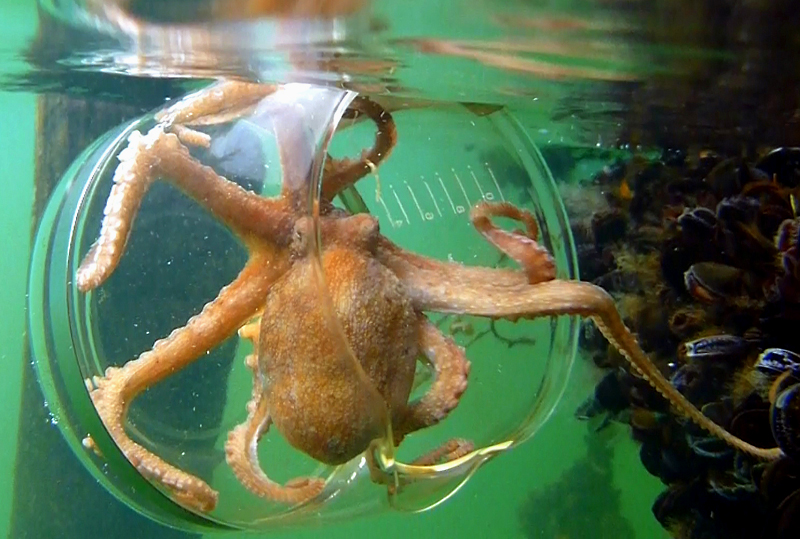
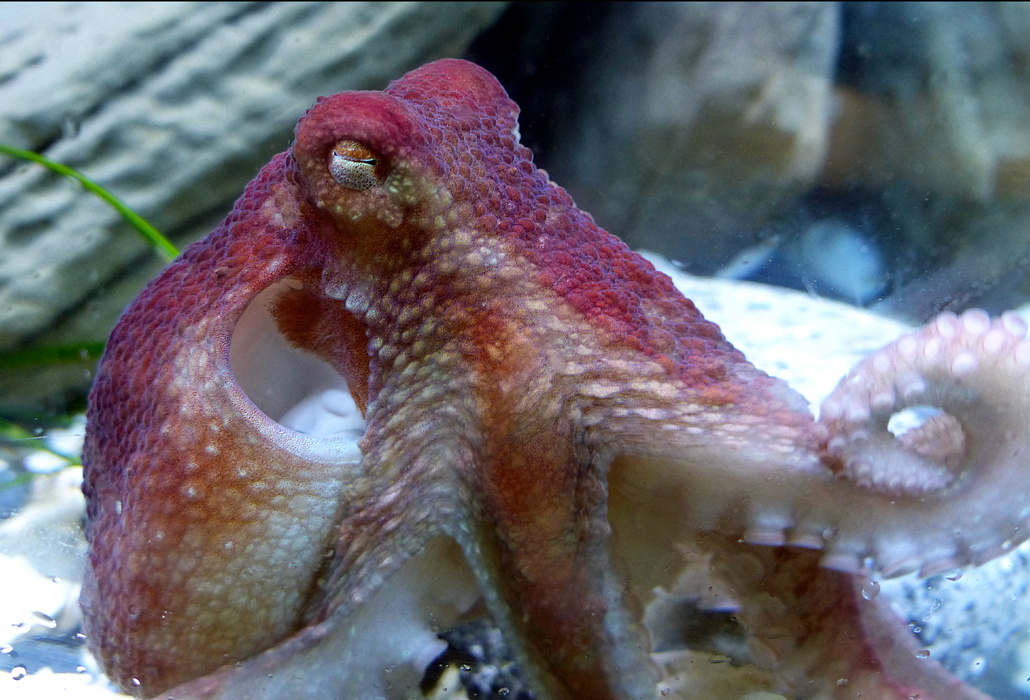
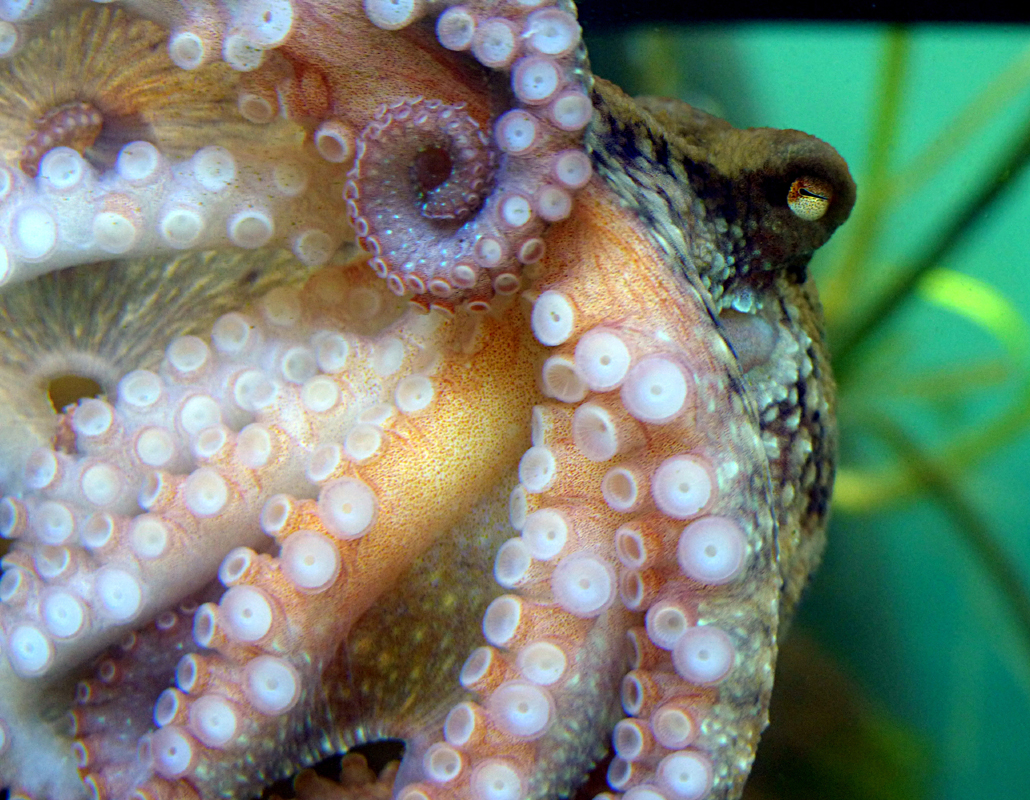
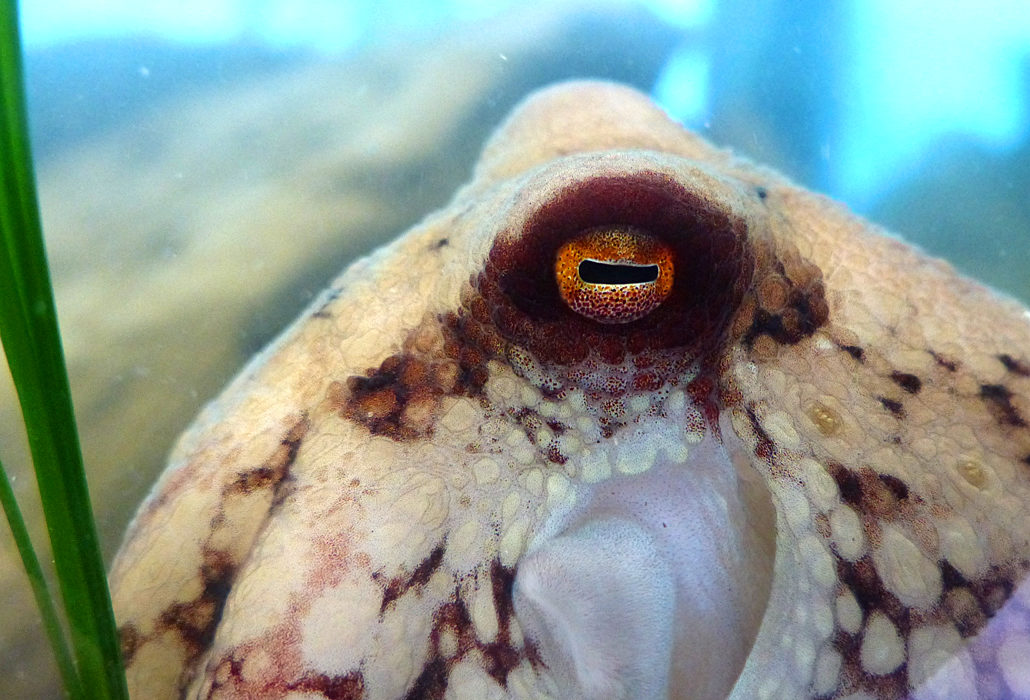
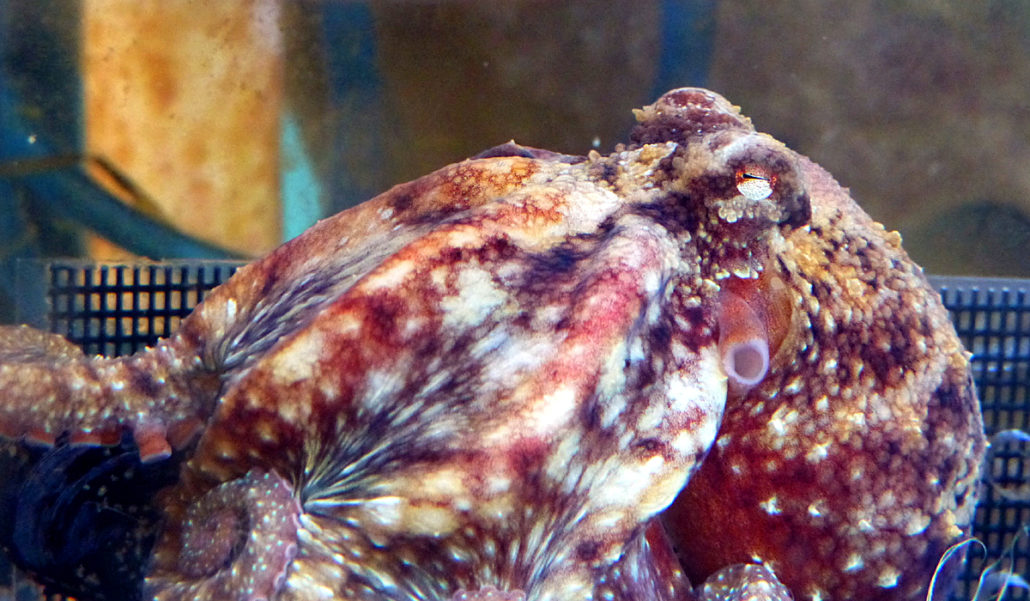


Leave a Reply
Want to join the discussion?Feel free to contribute!